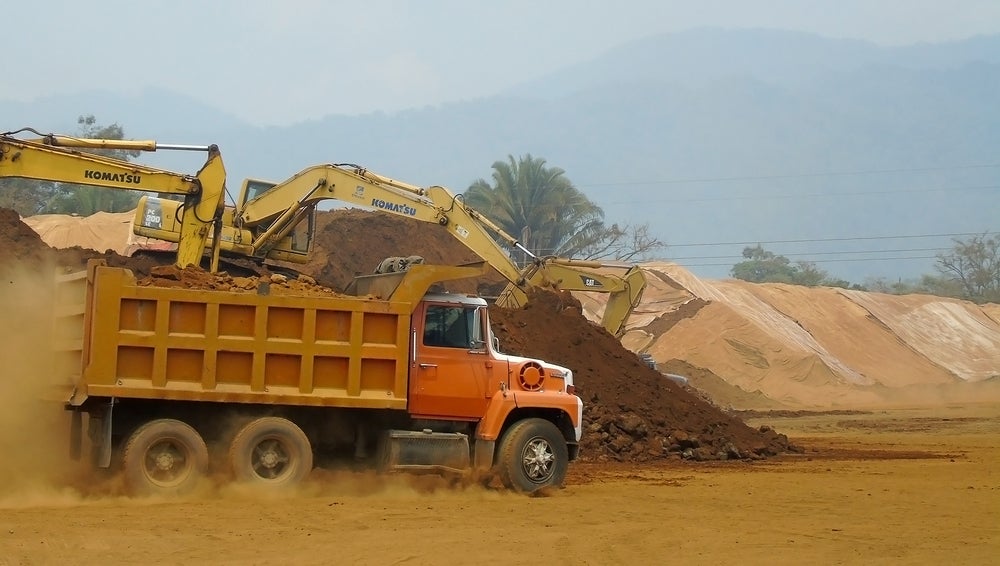The US government is increasingly turning its attention to the acquisition of strategic minerals for the use in electric vehicles and renewable technologies. (Photo by Dendenal via Shutterstock)
American news magazine Newsweek has suggested that the US government has played a key role in Central American Nickel’s acquisition of the notorious Fenix Nickel Project.
The nickel mine, located in Guatemala, has been subject to a series of controversies including allegations of Russian influence, environmental degradation and violence towards local indigenous communities.
Canada-based Central American Nickel (CAN) is due to acquire the mine, for a substantial discount, which the Newsweek reporting suggests stems from support from the US government.
The Guatemalan assets of the Switzerland-based Solway Investment Group are reportedly being bought by CAN.
In November the US government imposed sanctions on Russian national Dmitry Kudryakov and Belarussian national Iryna Litviniuk, who it claimed were leading Solway’s mining operations in Guatemala.
Kudryakov was supposedly directing the Compania Guatemalteca de Niquel, Compania Procesadora de Niquel, and Mayaniquel, which the US Treasury claimed were “subsidiaries of the Solway Investment group, a Russian enterprise that has exploited Guatemalan mines since 2011”.
US government assistance
A Solway representative told Newsweek that the company has no intention of selling its assets at the Fenix Nickel Project.
However, a legal representative from CAN told reporters that the company has applied for Treasury consent to acquire the sanctioned assets, using an “exemption request in the month of January 2023 for the Solway-owned assets and permits in Guatemala, through its duly incorporated American subsidiary”. CAN is awaiting the US government’s response.
Newsweek reports that the CAN proposes to “transfer CAN’s nickel assets in Guatemala to a US incorporated firm called America Rare Earth Sources (ARES), which will be wholly owned by CAN. CAN will acquire 100% of ARES, which will in turn acquire 100% of two Guatemala companies, Rio Nickel and Nichromet Guatemala”.
The US government seeks to reduce dependence on imported strategic metals as Biden emphasises the domestic potential of minerals which can power the energy transition. The US Geological Survey added nickel to its list of critical minerals in 2021, and the potential involvement of the US government in Guatemala would fit with this national interest.
The Fenix Nickel Project
The Fenix Nickel project has been under operation since 1960. The mines were shut down by INCO in 1982 amid falling demand for nickel and reopened in 2004 having been bought by Skye Resources. In 2008 Skye Resources merged with Canada-based Hudbay.
The project is valued at around $1bn, and made up of a series of nickel mines located close to the Guatemalan town of El Estor. The project holds mining rights to 40 million tons of nickel ore reserves with 1.86% nickel and 77 million tonnes of additional resources, yet much of its recent history has been chequered by local protests and unrest.
In April 2006, 300 Maya Q’eqchi’ families moved onto the area, stating that the land had been stolen from their community when the mine first opened. Between 2007 and 2009 mine personnel, the police and the military force used extreme violence, murder and gang rape to remove the families from the land.
Solway Investment Group purchased the mine in September 2011. Environmental protests led by local indigenous communities were met with additional violence in 2017.
Community leader Adolfo Ich, who opposed the mine, was killed in 2009. In 2021 Mynor Padilla, the mine’s former security chief, pleaded guilty to the murder of Ich.
This article was published by: Florence Jones
Visit the original article here



